PATIENCE
First of all, a gradual return is essential. From my experience, patience is not a strong point for triathletes and naturally triathletes want to be back swimming and instantly hitting the numbers that were being achieved before lockdown. However, to reduce the risk of injury, it is essential that the return to pre-lockdown swim loads is progressed slowly over 4-6 weeks. Beginning with swimming three times in a week maximum, on non-consecutive days, and initially simply focusing on building easy kilometres. Begin swimming a maximum of 50% of what you were swimming prior to lockdown.
TECHNIQUEAfter months out of the water, it is critical to focus on the technical aspect of the stroke and to ensure swim technique does not deteriorate as a result of fatigue. It would even be worthwhile to swim with flippers or a pool buoy for the first one to two weeks to take the pressure off while concentrating on technique.
QUALITY
Once an easy distance base foundation is achieved and you have returned to pre-lockdown swim distances with minimal fatigue post session, slowly add speed into the sessions. Begin the speed sessions with sufficient recovery and then gradually drop the rest time, as speed is maintained.
MONITOR SYMPTOMS
Due to the increase in shoulder load on returning to swimming, it is important triathletes monitor both general fatigue symptoms as well as shoulder symptoms, especially the rotator cuffs. It is known that tendons do not like a sudden spike in load and appreciate a gradual build. If you are experiencing shoulder and/or rotator cuff symptoms then back off the session intensity and/or duration for a little longer. The key is finding the nice balance between creating load to progress, versus appropriate recovery to avoid injury and this will vary for different athletes.
FOUR PHASE PROGRESSION FOR A SUCCESSFUL RETURN TO SWIMMING:
Phase 1: Building easy kilometres and stroke technique focus. Flippers and bouys are a helpful way to maintain appropriate technique. Take as much rest as you feel you need between reps and stop when you lose good quality.
Phase 2: Continue to build volume, while adding some speeding sets. Rest should still be given when fatigued. You can now add some paddle work but no higher intensity with paddles yet.
Phase 3: Introduce speed intervals sessions with quality recovery, alternating with easier paced endurance sets. Ensuring you maintain consistent pace over the session.
Phase 4: Extend the distance of high intensity and race pace efforts, gradually cutting recovery time down.
Following these recommendations will reduce the risk of injury with the return to swimming and help you return to your pre-lockdown swim pace, or even improve it.
Good luck!
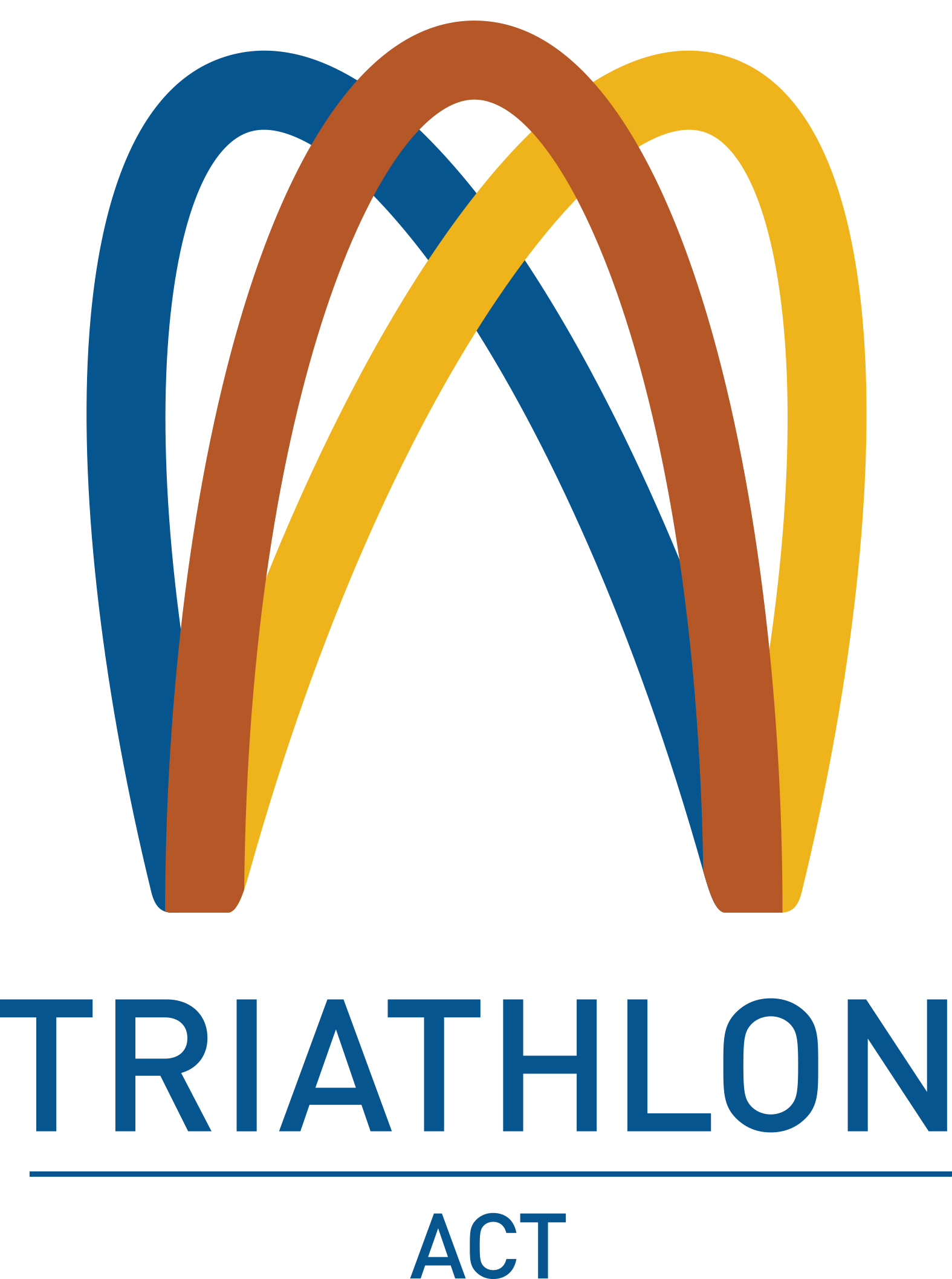
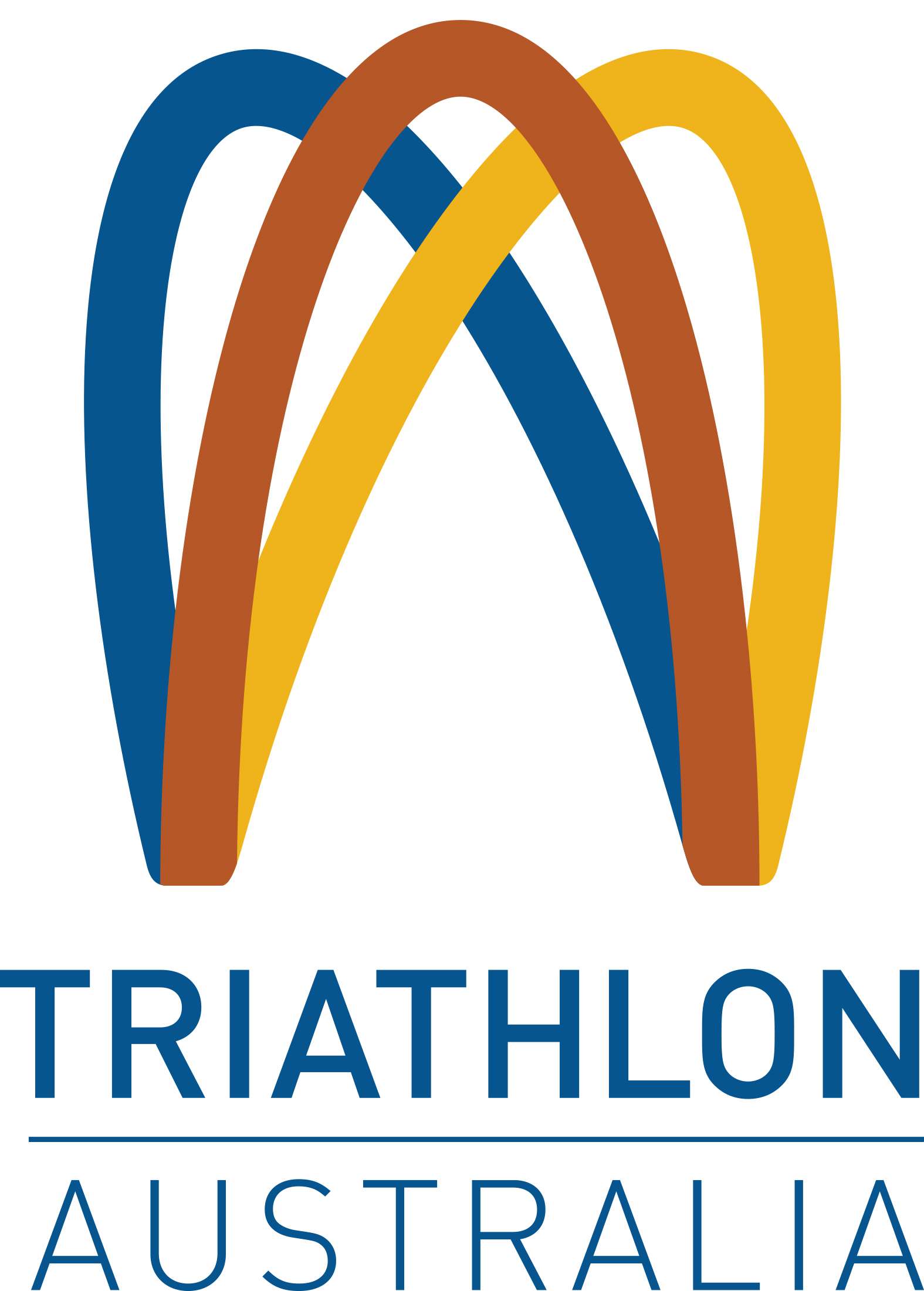
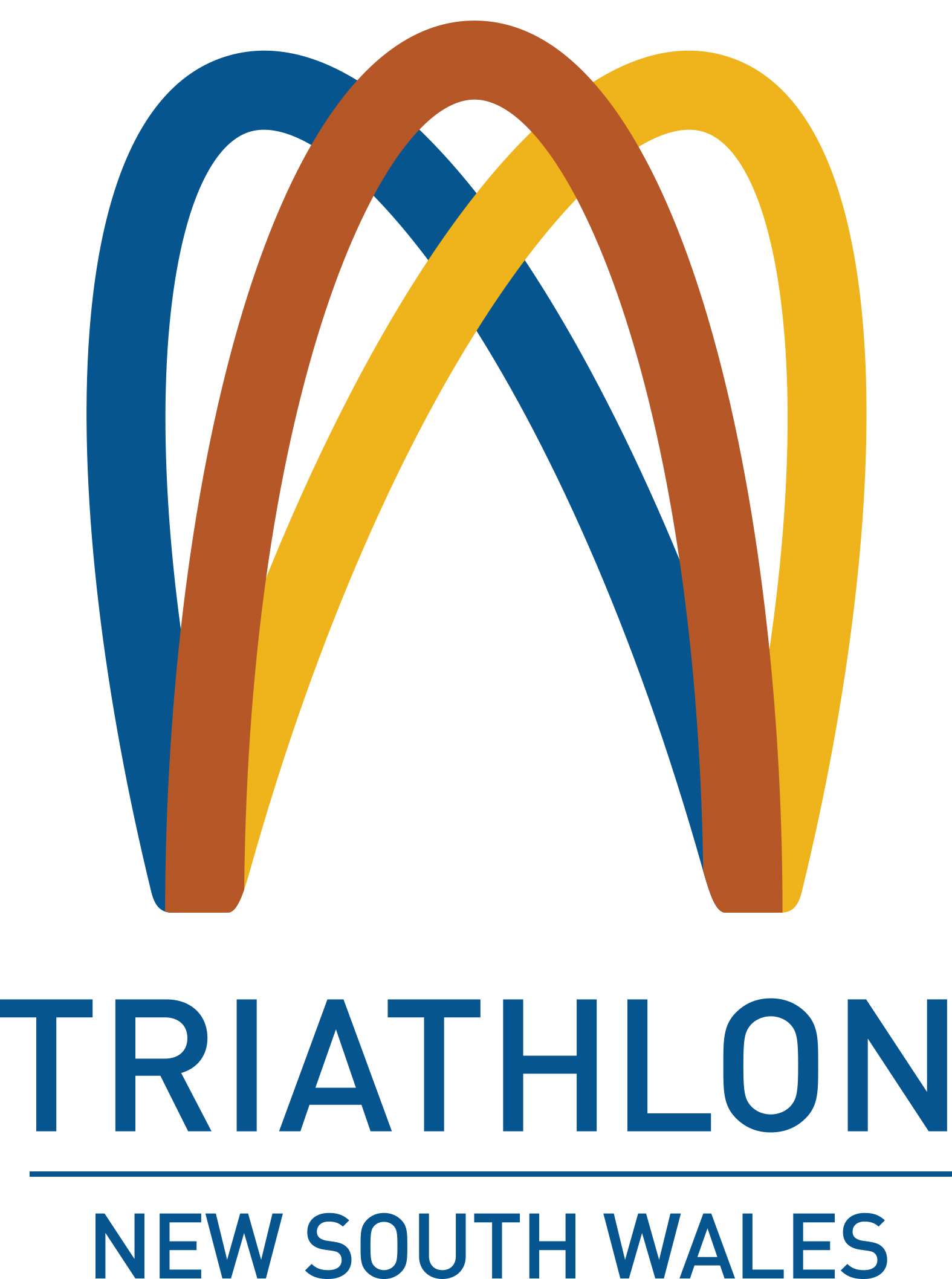
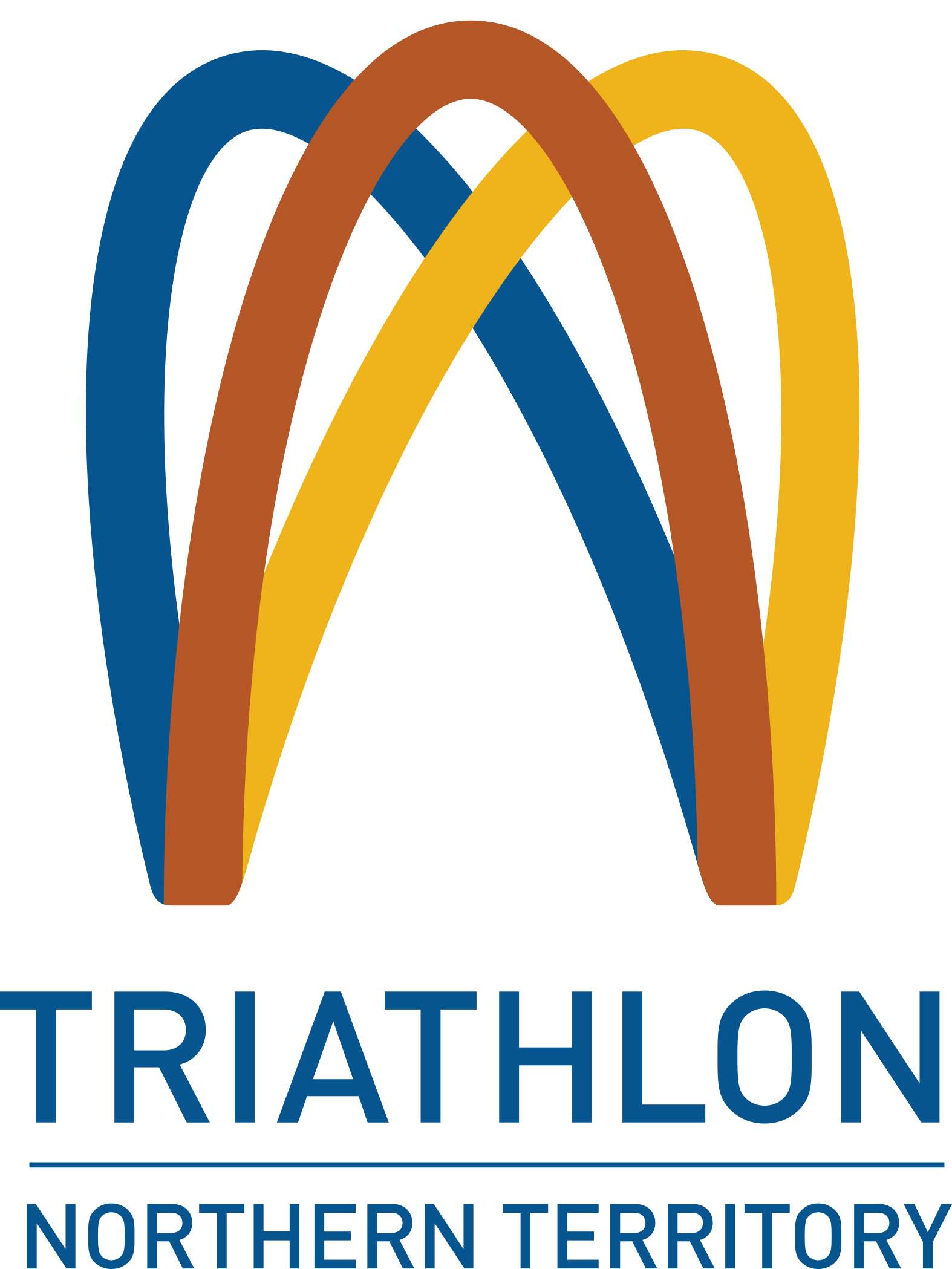
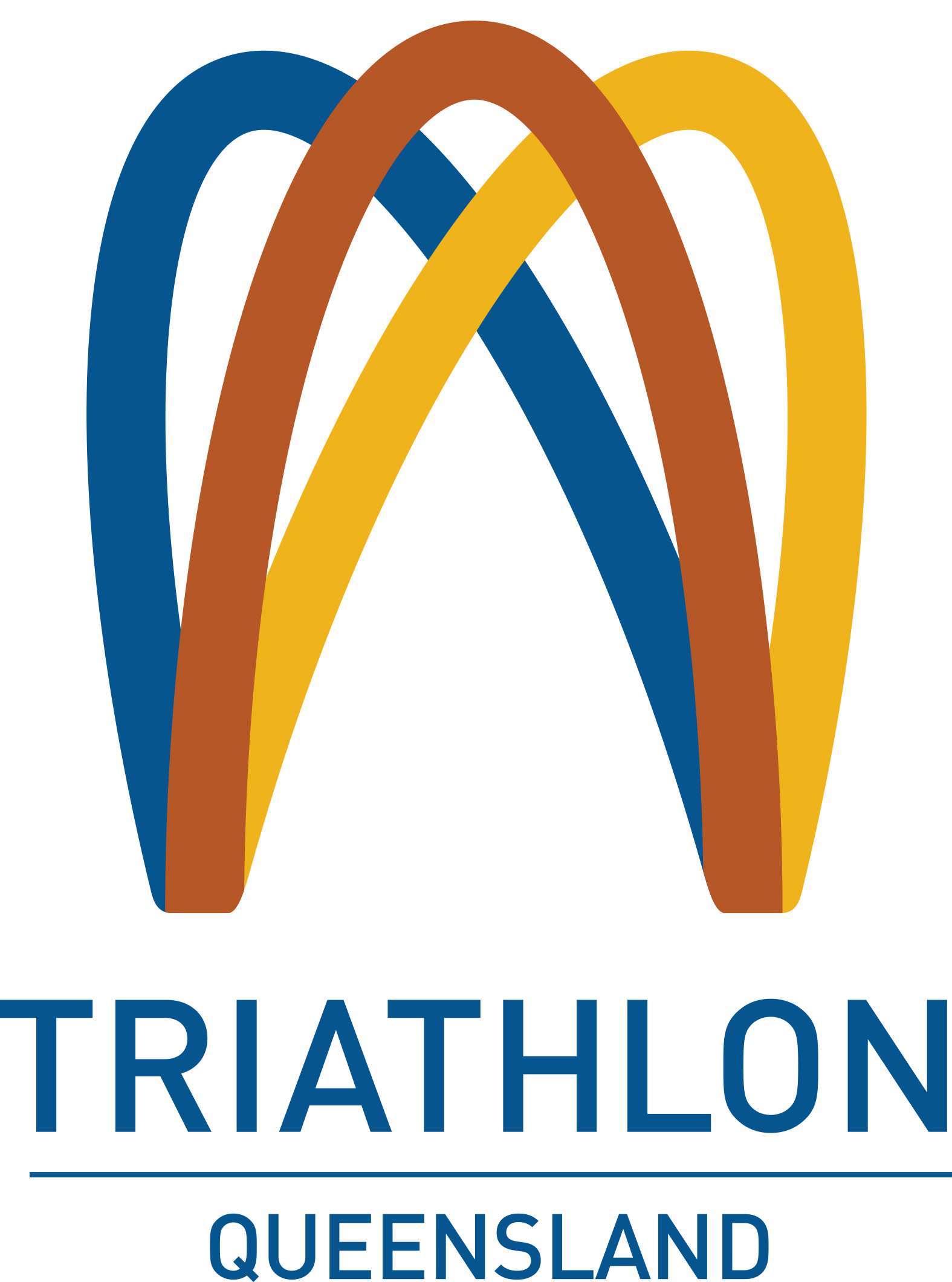
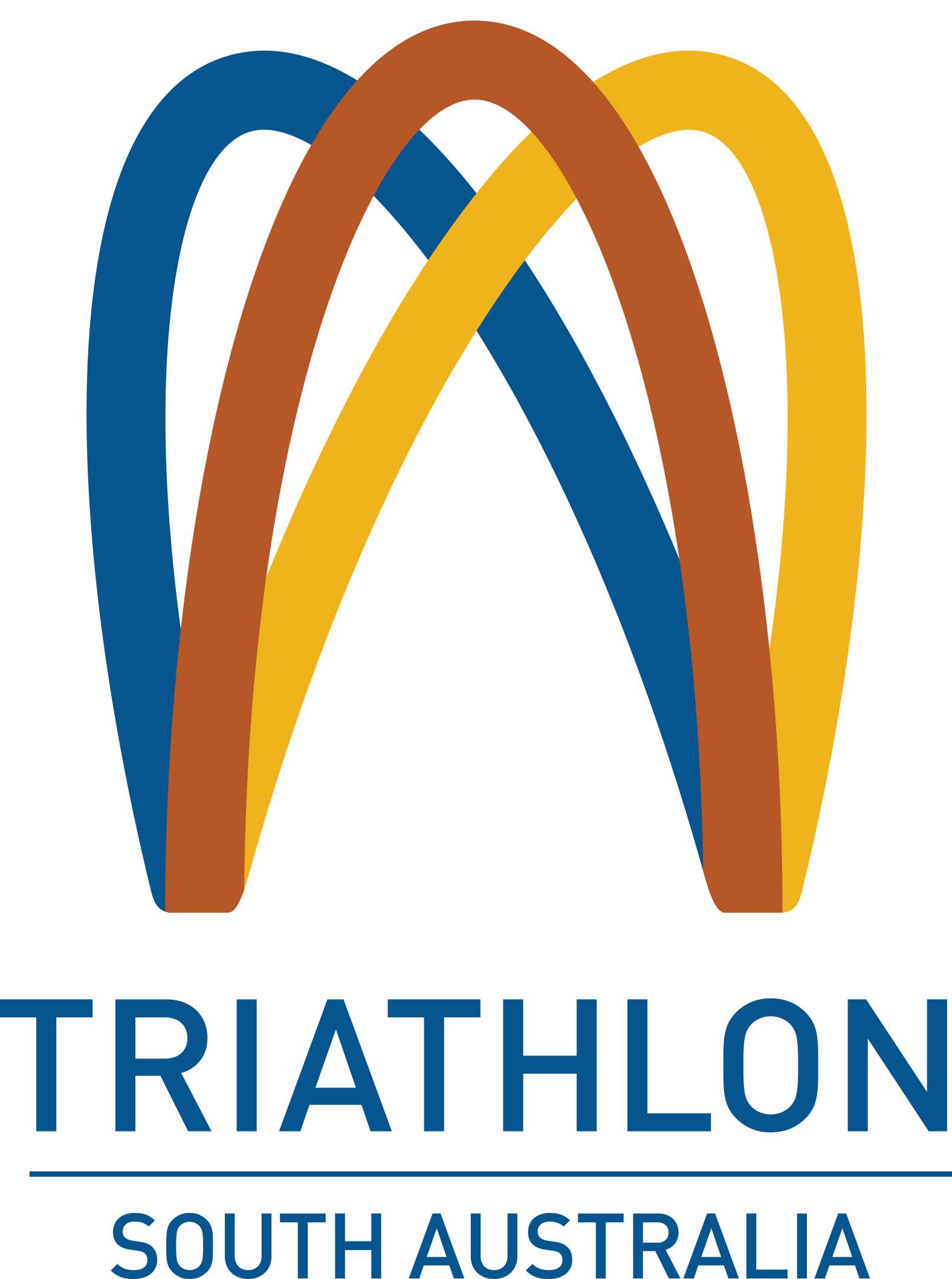
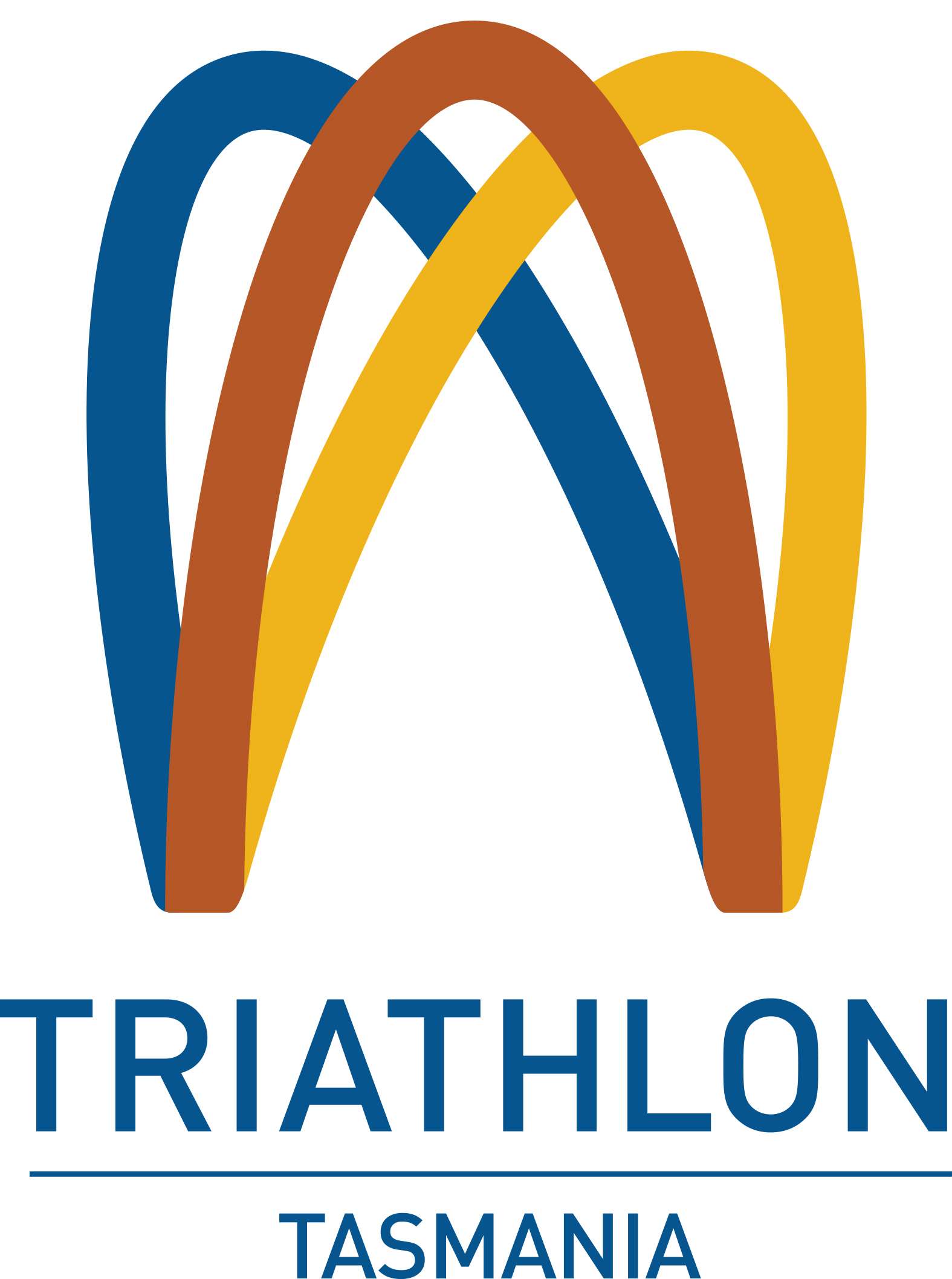
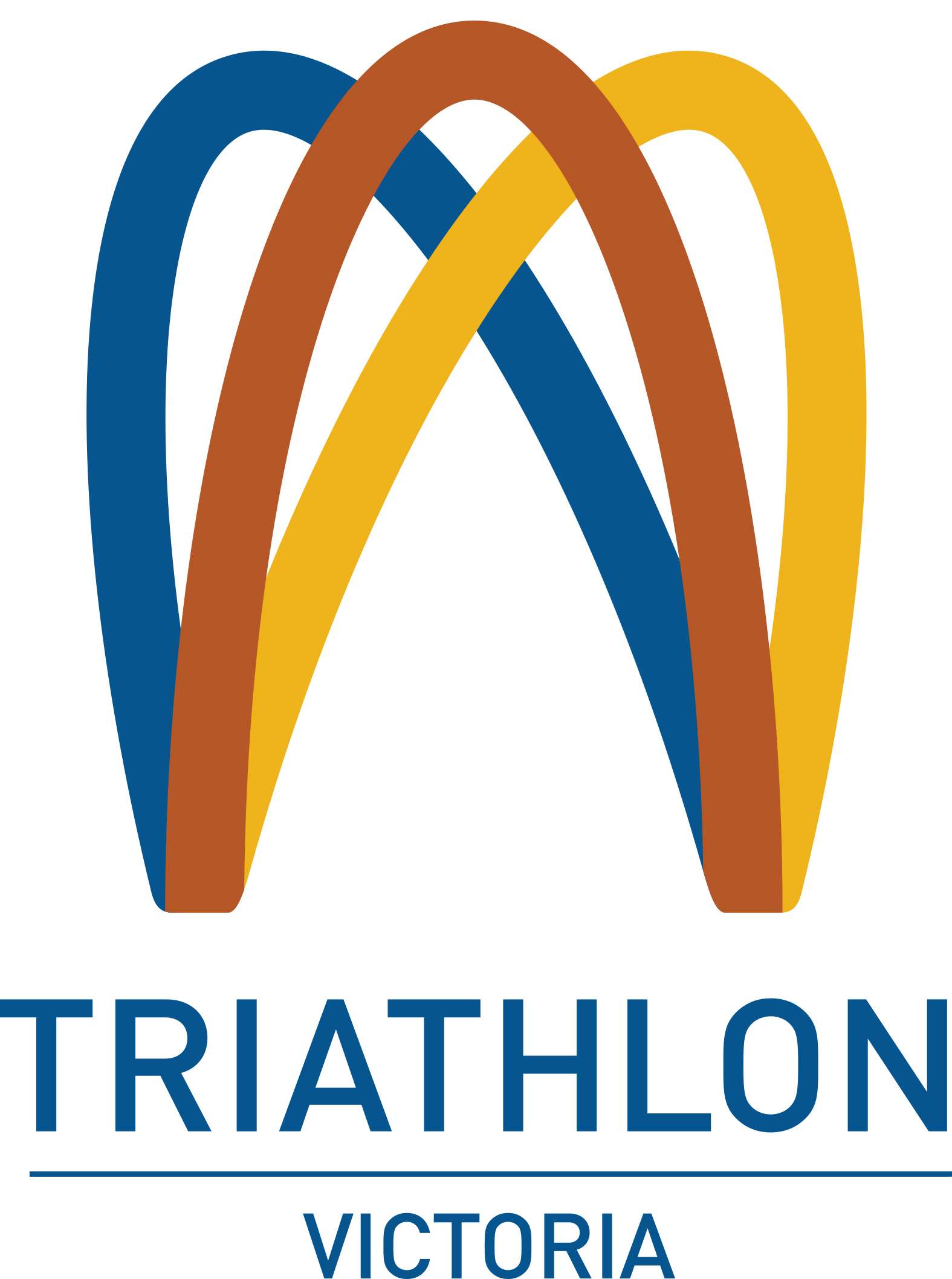
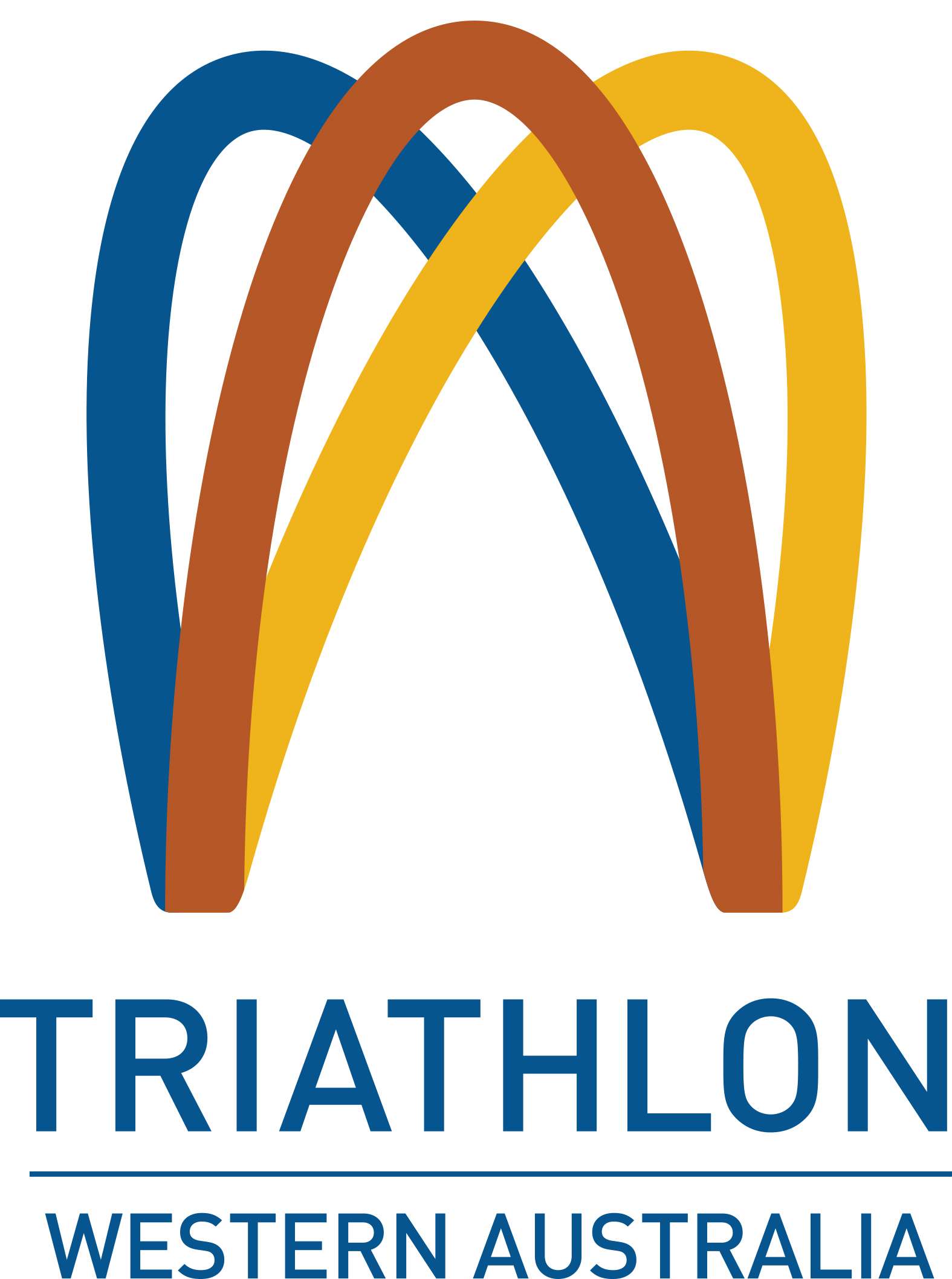

Follow us on:
